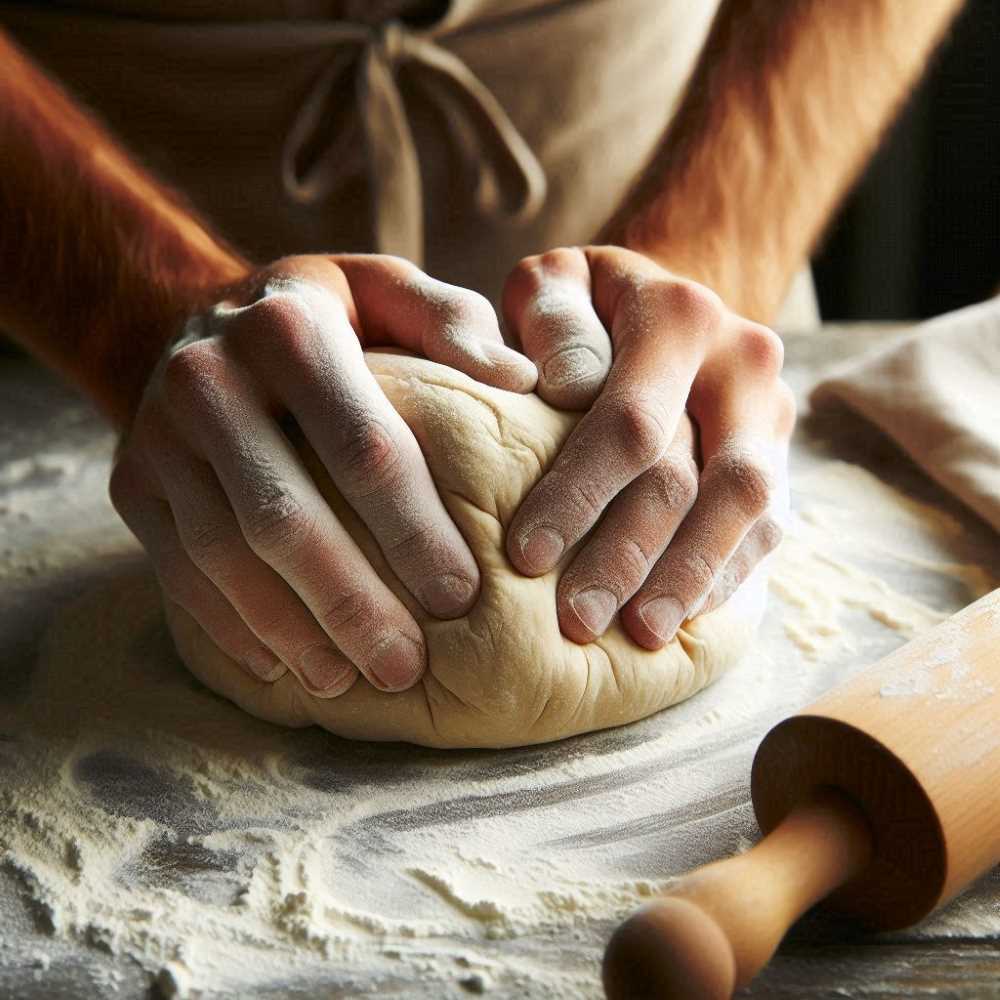Why Store-Bought Flour Might Be Robbing You of Flavor
Freshly milled flour unlocks hidden flavors. Unlike store-bought flour, it retains the wheat germ's goodness for a richer taste and aroma. Explore a world of wheats (spring for bread, winter for pastries) and adjust recipes for unique results.

Flour is the unassuming white (or sometimes wheaty) powder that forms the foundation of countless baked goods. But have you ever stopped to ponder the journey that flour takes, from a humble kernel of wheat to the bag in your pantry? Most of us haven't. We're about to set off on a fun-filled investigation into the world of flour, with a particular focus on the perplexing fresh-milled variety.
Most of us wouldn't recognize a stalk of wheat if it sprouted up in our cereal bowl. But beneath that unassuming exterior lies a world of diversity. There are, believe it or not, six whole classes of wheat, each with its own entourage of around 30,000 varieties. That's right, 30,000 potential suspects in the grand flour heist. Here's a quick rundown of the prime suspects:
- The Hard Red Winter: A stoic fellow, perfect for withstanding harsh winters. Bakers love him for his high protein content, ideal for building a strong gluten network – the key to a good loaf of bread.
- The Hard Red Spring: Imagine a flamboyant showman compared to the winter wheat. This guy boasts the highest protein content, making him the go-to choice for artisan bread bakers seeking exceptional rise and structure.
- The Hard White Winter: A bit of an enigma, this wheat straddles the line between bread and pastry flour. Less common, but perfect for bakers who like to experiment.
- The Durum: The muscle of the group, durum wheat is what gives pasta its signature chew.
- The Soft White Winter: Picture a gentle soul, perfect for delicate pastries. Lower in protein and higher in starch, this wheat creates tender crumb structures.
- The Soft White Spring: Similar to his winter counterpart, but with a slightly higher protein content, making him a good all-purpose option for pastries.
So, we've identified the key players. But how does this translate to the flour you use at home? Traditionally, flour is commercially milled, meaning the wheat kernels are stripped of their bran and germ (nutrient-rich outer layers) before being ground into a fine powder. This process has its advantages: convenience, shelf life, and consistent texture. However, there's a growing fascination with fresh-milled flour. Here's where things get interesting:
- The Freshness Factor: Freshly milled flour retains more of the wheat's natural oils and nutrients, leading to a more pronounced flavor and aroma. Imagine the difference between pre-ground coffee and freshly roasted beans – that's the kind of sensory experience we're talking about.
- The Nutritional Nudge: While commercially milled flour is often enriched with vitamins and minerals, freshly milled flour boasts a natural nutritional profile, including fiber, vitamins, and healthy fats.
- The Floury Fingerprint: Freshly milled flour can have a slightly different texture and moisture content compared to store-bought varieties. This might require some adjustments to your recipes, but for some bakers, that's part of the fun – a chance to truly understand the nuances of the flour they're using.

To Grind or Not to Grind?
That being said, is fresh-milled flour worth the effort? The answer, like a perfectly baked loaf, is complex. Here are some factors to consider:
- The Baker's Budget: Freshly milled flour can be pricier, especially if you're buying it from a specialty store. But, if you're a home baker who enjoys the finer points of baking, it could be a worthwhile investment.
- The Time Investment: Milling your own flour requires a home mill and a bit of elbow grease. It's not a quick process, but for some, the satisfaction of creating flour from scratch is part of the baking experience.
- The Taste Quest: If you're a flavor aficionado, fresh-milled flour might just blow your taste buds away. The difference in aroma and taste can be quite noticeable, especially in breads and other baked goods where the flour takes center stage.
Ultimately, the decision to go with fresh-milled flour is a personal one. But whether you stick to your trusty store-bought bag or choose to go on a step-by-step adventure into the world of home milling, remember that flour is a fascinating ingredient with a rich history. In other words, the next time you reach for a bag of flour, take a moment to appreciate the process that humble kernel of wheat has taken to reach your kitchen.




